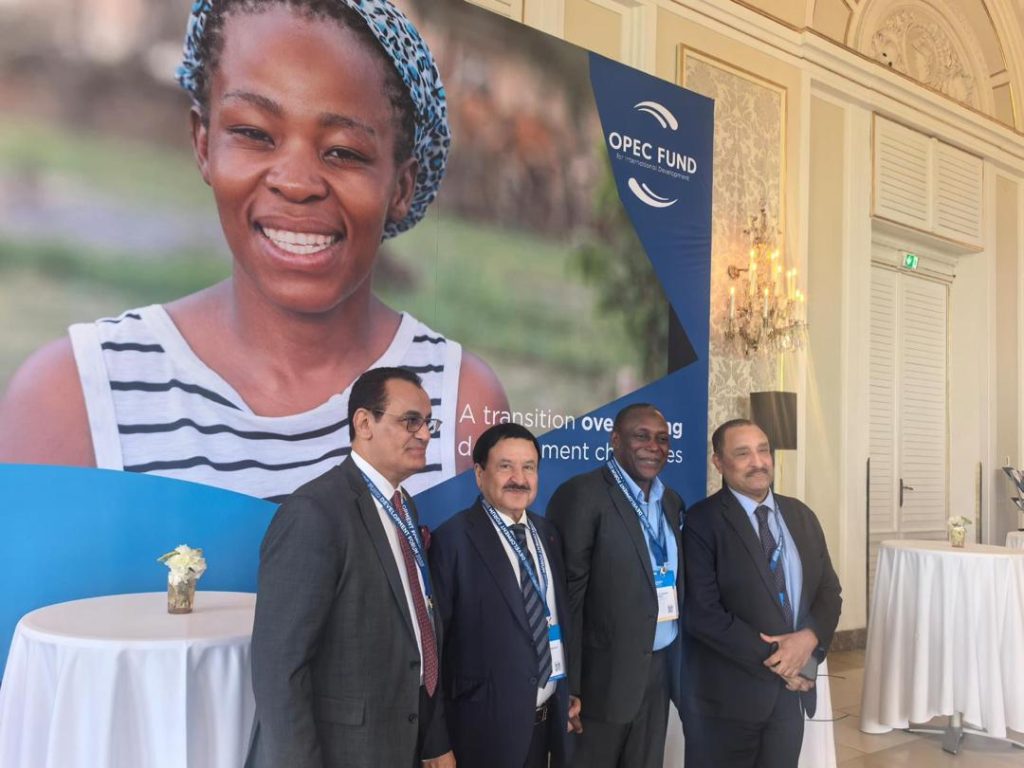Guma at 64 A Legacy of Service and a Vision for Water Security

The Guma Valley Water Company (GVWC) on April 14, 2025,marks its 64th anniversary—an enduring legacy rooted in service, resilience, and the unyielding pursuit of water security for Freetown and the wider Western Area. This milestone invites reflection on the past, recognition of present progress, and a renewed commitment to the future of water supply in Sierra Leone’s capital.
The modern journey of water supply in Freetown began on December 16, 1901, when the Freetown Waterworks was established by a colonial ordinance to ensure a “proper and sufficient” water supply. This utility laid the foundation for what would evolve into the Guma Valley Water Company, formally established on April 14, 1961—just weeks before Sierra Leone gained independence.
Guma’s formation marked a pivotal shift in national infrastructure planning. It formalized water management at a time when the country was preparing to steer its own course. In 2017, the Guma Valley Water Company Act No. 6 expanded the utility’s mandate, entrusting it with the provision of water across the entire Western Area—now home to more than 1.5 million people.
Over the decades, Guma has faced significant hurdles. These include inadequate funding, deforestation of catchment areas, rapid and often unregulated urbanization, aging infrastructure, and the intensifying effects of climate change.
The long-awaited Orugu Dam project—first proposed in 1985 to meet surging demand—remains unrealized, highlighting the need for visionary, long-term investment and planning. Still, through strategic reforms, innovation, and partnerships, Guma has maintained its resilience and mission.
In recent years, Guma has made notable strides in transforming its operations. Over the past seven years, more than 30 kilometers of new pipelines have been laid—a 360% increase that has dramatically reduced water loss and improved delivery.
A new water rationing schedule, implemented in April 2019, brought predictability to the system, helping residents better plan for water access.
Customer growth is up by 10%, revenue collection has improved significantly, and water output has doubled since 2016—clear indicators of improved operational efficiency.
Most importantly, Guma’s focus on equity has deepened. Through its ProPoor and Community Services Unit, the company now operates over 2,000 street taps, 500 community tanks, and 55 solar-powered boreholes, ensuring even the most vulnerable are not left behind.
These community services uphold the “leave no one behind” principle of Sustainable Development Goal 6, providing dignity and relief to thousands still without household connections.
Guma is not merely adapting to the times—it is modernizing. With the addition of over 40 new service vehicles, enhanced safety protocols, and upgraded tools, the workforce is now better equipped than ever.
Major initiatives such as the Freetown Emergency Recovery and Water Supply Rehabilitation Projects have improved system resilience. Currently, ambitious undertakings like the Freetown WASH and Aquatic Environment Revamping Project (WASHAERP) and new gravity-fed systems in Mambo, Hamilton, and Waterloo are underway.
Under WASHAERP, Guma has:
- Rehabilitated and doubled the capacity of the Babadorie Reservoir at Regent.
- Initiated construction of nine new raw water storage tanks at Babadorie—set to boost capacity from 72 million liters to over 140 million liters, directly benefiting communities in Regent, Gloucester, Imatt, and Hill Station.
- Rehabilitated the Kongo Dam at Regent.
- Completed the Angola Water Supply System, which now provides water to several communities along the Peninsula, from the Emergency area at Goderich to Hamilton.
These expansions are vital to easing pressure on the aging Guma Dam and extending services to rapidly growing peri-urban settlements.
Yet, the road ahead remains steep. The Guma Dam currently delivers 80 million liters daily, while projected demand by 2030 stands at 300 million liters. Non-revenue water losses continue to hover around 40%, a challenge that requires urgent attention.
The Freetown Water Supply and Sanitation Master Plan lays out a path forward—one that includes new dams, expanded treatment capacity, and investment in climate-resilient infrastructure.
With sufficient funding and continued political will, this vision is within reach. Universal access to clean, safe, and reliable water can become a reality, transforming lives—especially for women and children whose health, safety, and education are most affected by water scarcity.
As the Guma Valley Water Company turns 64, it does so with pride in its legacy and clarity in its mission:
“To provide for the sustainable supply of water for public and private purposes.”
Looking ahead, Guma envisions a Western Area where water is no longer a privilege, but a right—safe, affordable, and accessible to all.





